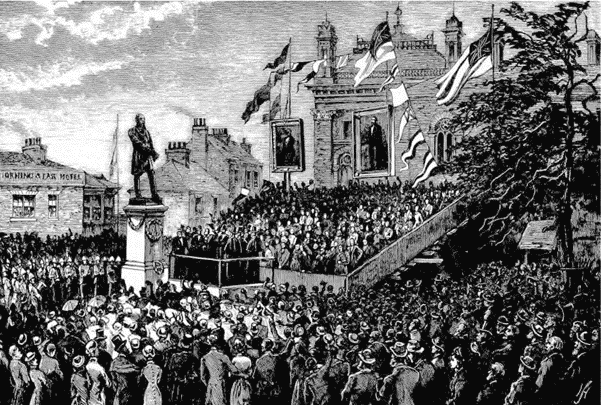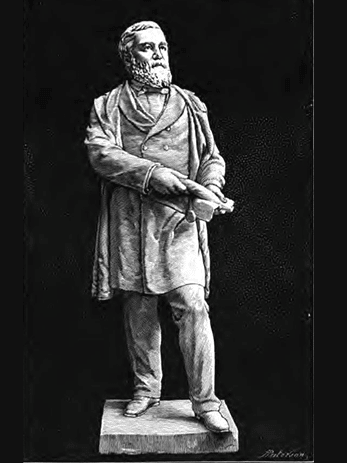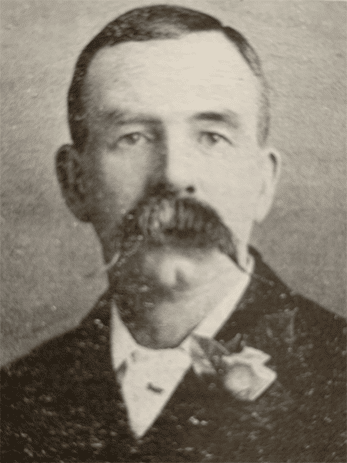Marking half a century since the official opening of the coal staiths – although celebrations were delayed one year due to economic turmoil in the iron industry – Middlesbrough marked its Jubilee with a range of celebrations.

As part of the celebrations, Lord Cavendish unveiled a statue of founding ironmaster Henry Bolckow. The celebrations received national press coverage and tens of thousands of people gathered in the town to catch a glimpse of the unveiling of Middlesbrough’s first statue. On the evening a grand Jubilee banquet was held in the Royal Exchange Hall as the town reflected on a dramatic half-century that had transformed a small hamlet into an industrial centre.

Did you know?
Henry Bolckow was not only a driving force for Middlesbrough’s development as one of the major iron manufacturing centres in the world but was also the town’s first Mayor and Member of Parliament.

Did you know?
Royal Exchange Hall, which hosted the Jubilee banquet, was situated in Middlesbrough’s Exchange Square. It was built in 1868 and replaced the earlier Customs House as the main place were the trading of iron was conducted. Ironically, the older Customs House situated in St Hilda’s has survived to the present day, whereas the A66 flyover now passes right through the site where this characterful Victorian building stood until it was demolished in the mid-1980s.
The expansion of Middlesbrough Dock left the original staiths at Port of Middlesbrough redundant. When these staiths ceased to be used, George Watson became the tenant of the railway company working at this site, which temporarily became known as Watson’s Wharf. In October 1889 Mr T Roddam Dent entered into partnership with Mr Watson and, on the death of Mr Watson in 1897, took control of the wharf (which later became known as the No.2 Berth of Dent’s Wharf).